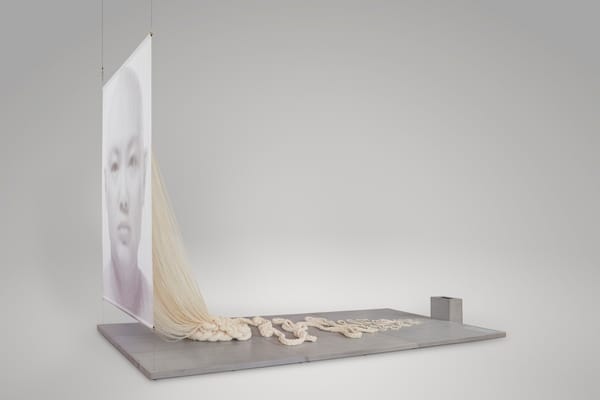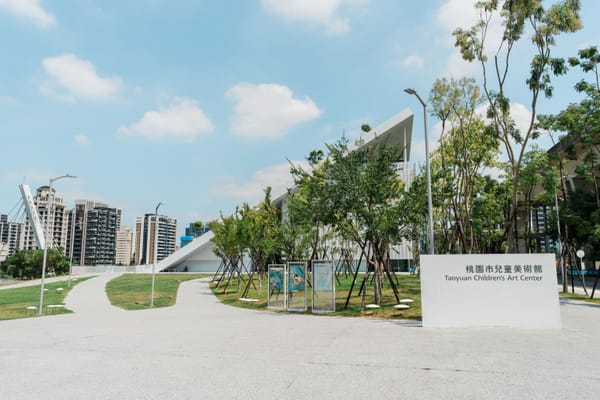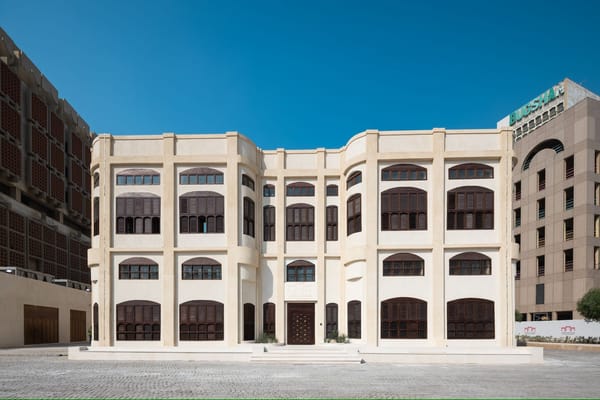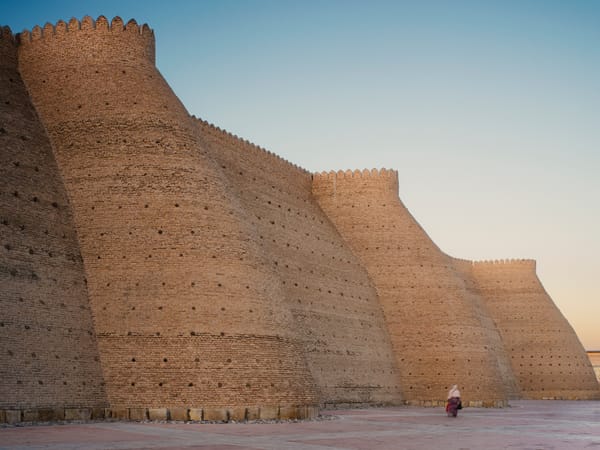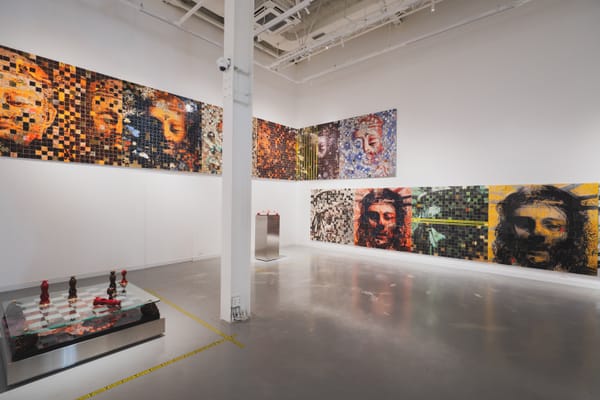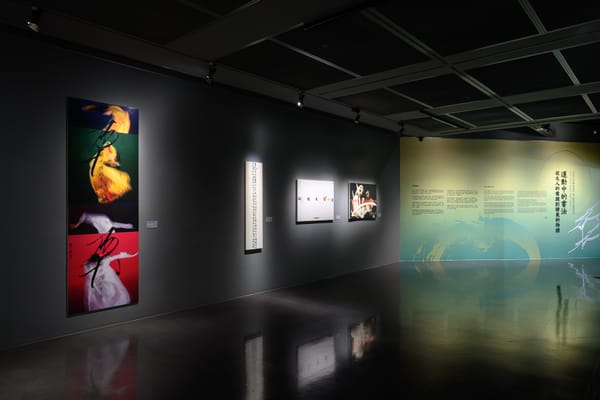Shows
Ruben Pang’s “Zwitterion”
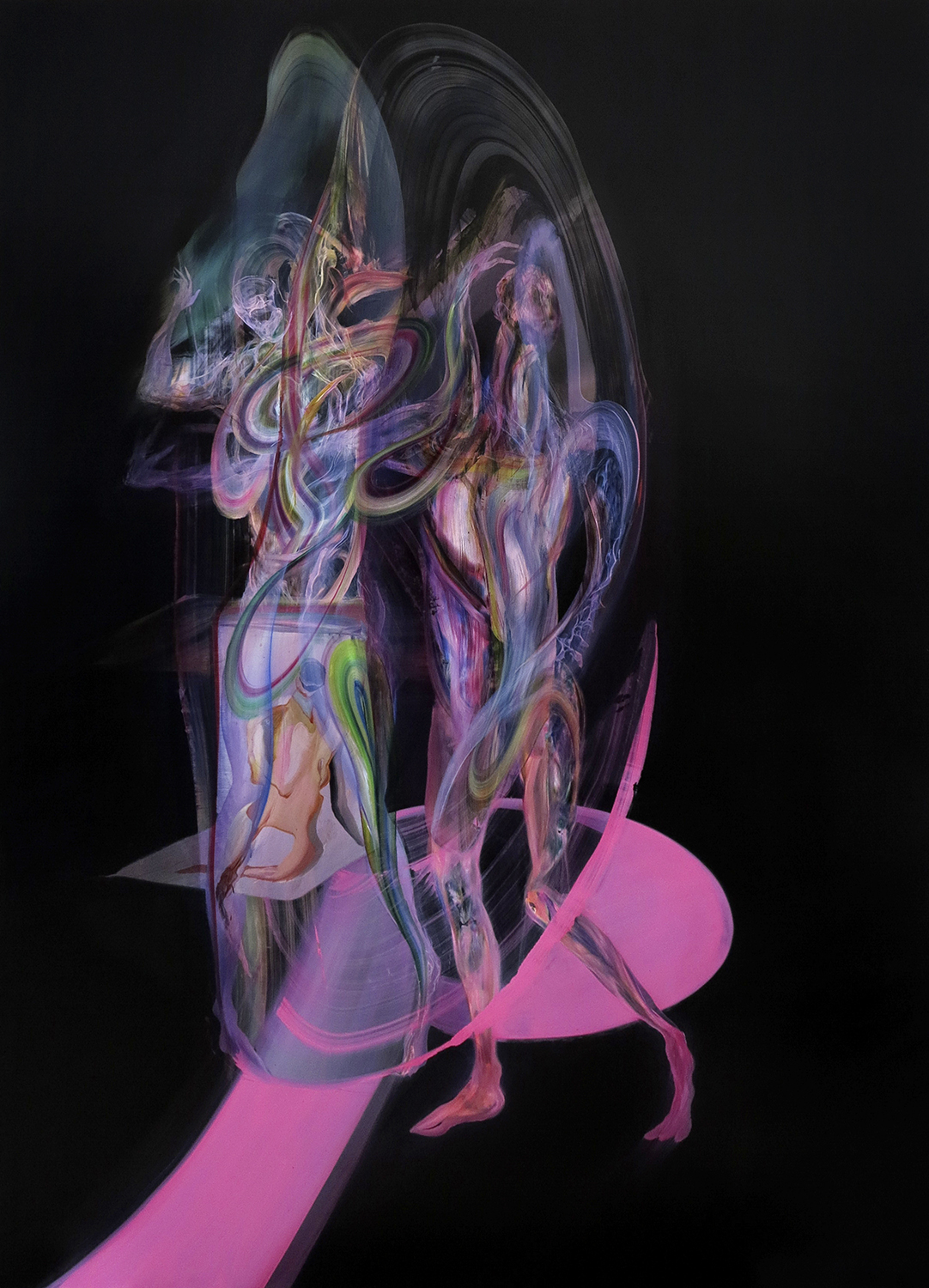

Among a younger generation of Singaporean artists, Ruben Pang has attracted international attention with his distinctive style of painting. Delving into broad themes concerning human nature and destiny, Pang’s canvases straddle the line between abstraction and figuration, drawing from an eclectic cultural background that includes not only masters of the painting tradition, but also electronic music and pulp films.
The 26-year-old artist uses a complex painting procedure that involves mixing oil paint with alkyd resin on aluminum composite panels. Using knives, brushes and his own hands, Pang alternates between building up and sanding down layers of vibrant colors so that motifs surface spontaneously.
Speaking to Art Radar Journal in 2013, Pang said, “These are unpredictable scenarios . . . and relate to the difficulty and potential in dealing with surfacing memories and harnessing the subconscious in painting.” The outcomes of this process of impression and erasure are richly textured figurations blazing with luminous effects.
Following an artist residency in Desenzano, on the shore of Lake Garda in Italy, and exhibitions in Switzerland and Israel, Ruben Pang returned to Milan with a solo show at Primo Marella Gallery, where he first exhibited in a 2013 collective overview of Southeast Asian art, “Deep S.E.A.”
Entitled “Zwitterion,” Pang’s exhibition is named after a neutral molecule with both positive and negative charges, and refers to the internal contradictions of human nature. Seventeen paintings are presented—most were produced for this show—along with seven ceramic sculptures.
The point of departure of Pang’s reflections is the short moral essay “On Providence” by the Roman Stoic philosopher Seneca the Younger, which attempts to justify the existence of both good and evil in the world, proposing that evil is to be taken as a means to strengthen men’s virtue. “I'm interested in some way of corrupting this moralistic writing,” Pang explains in the exhibition’s press release, “because it leads to conflict, and I think this conflict could bring about more interesting questions, or at least is a way to get a glimpse of my own mind.”
The theme of gender conflict surfaces in a piece entitled Eromenos, Role Reversal (2016). The canvas shows two figures—one male, one female—turning away from each other, seemingly in dissociation. Their poses and demeanor transmit a sense of sadness and dejection, and bring to mind old masters’ paintings of Adam and Eve’s expulsion from Paradise. Pang has attributed a recent figurative turn in his work to his residence in Italy, where he had the opportunity to deepen his knowledge of Renaissance art.
A similarly somber mood is found in Cradle Me Bravely (2016), in which a phantom-like creature is seated on a chair emerging from a solid black space. The painting’s composition recalls Francis Bacon’s Study after Velásquez’s Portrait of Pope Innocent X (1953), an image that Ruben Pang often quotes in his work. In Pang’s interpretation, the character appears to cradle a small figure whose body is twisted, perhaps in an attempt to break free from the ghostly embrace.
Elsewhere in the show, a sense of inner conflict is rendered in an indirect but extremely effective fashion. In an eye-catching piece entitled Hyacinth Girl, Skinned (2016), the body’s anthropomorphic connotations are dissolved. A barely discernible, ethereal character morphs into blue and violet scrolls against a psychedelic, shocking pink background. At close observation one can distinguish the figure’s hand holding open her own slashed torso to reveal tiny creatures writhing within. By contrast, The Insecurity Guard (2016), picturing a statuary and meditative figure standing against a beautifully nuanced, deep blue backdrop, is imbued with a sense of calm, heroic dignity.

No Vacancy (2016), the exhibition’s striking centerpiece, pictures an apocalyptic scene where a chaotic horde of winged creatures is caught in a swirling vortex. Seemingly inspired by Peter Paul Rubens’ 17th-century canvas, The Fall of the Damned, Pang’s complex picture entices the viewer with its wealth of details. Pang’s immense technical skill injects a classic, religious subject with contemporary visual energy.
“Zwitterion” spoke of Ruben Pang’s ability to cross-pollinate his private thoughts—nightmares, even—with a net of references to past art, engaging the viewer’s emotional composure and intellectual expeditions with aesthetically alluring work. The uncanny and tormented characters that inhabit Ruben Pang’s layered paintings conjure the complexities of human nature, often with a dark edge.
“Zwitterion” is on view at Primo Marella Gallery, Milan, until January 27, 2017.
